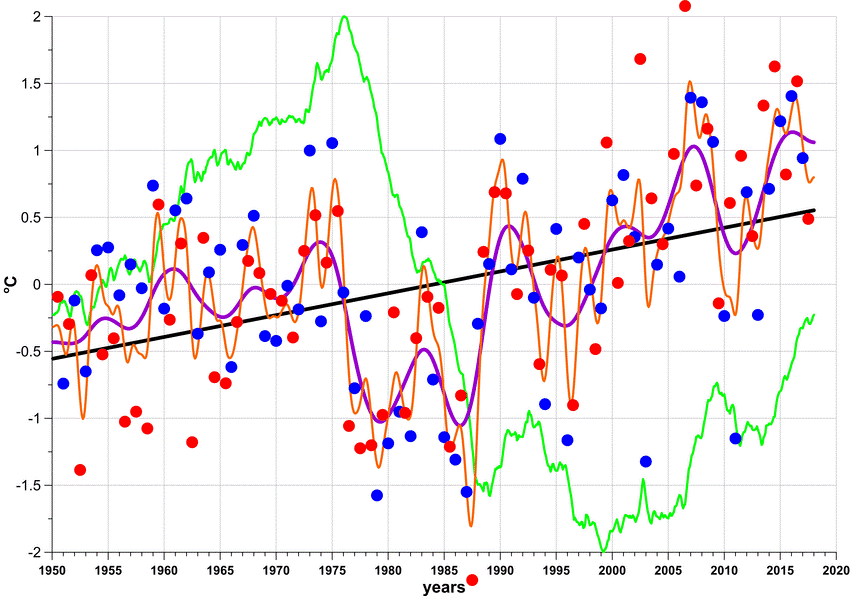- Average temperatures in the Baltic Sea have risen 2°C over the past three decades
- The Baltic Sea’s warming rate is twice that of global oceans
- Oceans have absorbed 90 percent of heat from human-induced global warming
- Healthy coastal ecosystems can store carbon for up to 30 years
The Baltic Sea, a shallow body of water surrounded by nine European countries, faces a potential ecological crisis. Research conducted by scientists at Finland’s largest marine research station indicates that the sea may transform from a carbon dioxide absorber to a source of this greenhouse gas. This shift could have far-reaching consequences for global climate change mitigation efforts.
The Baltic Sea has experienced rapid warming, with average temperatures rising 2°C over the past three decades. This rate of warming is twice that of global oceans. The sea’s unique characteristics, including its relative shallowness and semi-enclosed nature, make it susceptible to environmental changes.
You can also read: Satellite Ventures to Decode Cloud-Climate Enigma
Human activities exacerbate the situation. Agricultural runoff, forestry practices, and untreated wastewater introduce excess nutrients into the water. These pollutants lead to harmful algae blooms and oxygen-depleted zones, further compromising the sea’s ability to absorb carbon dioxide.
Scientists warn that the changes observed in the Baltic Sea serve as an indicator for other coastal regions worldwide. As similar conditions develop in other marine ecosystems, their capacity to mitigate climate change through carbon absorption may diminish. This potential loss of natural carbon sinks emphasizes the urgent need for enhanced protection and restoration of coastal environments globally.
Climate Change Impact on the Baltic
The Baltic Sea’s unique characteristics amplify the effects of climate change. Its shallow depth and semi-enclosed nature make it react more rapidly to environmental changes than larger, deeper oceans. Norman Gobeler, a doctoral researcher specializing in marine heatwaves, likens the Baltic to a ‘small bathtub’ in comparison to global oceans, emphasizing its vulnerability to temperature fluctuations.
This warming trend has triggered a cascade of ecological changes. The altered temperature regime affects marine life cycles, species distribution, and ecosystem functions. Researchers have observed shifts in plankton communities, fish populations, and the timing of seasonal events such as algal blooms.
The increased temperatures also contribute to the expansion of oxygen-depleted zones in the Baltic. These ‘dead zones’ form when warmer water holds less oxygen and increased organic matter decomposition consumes available oxygen. The expansion of these areas threatens marine biodiversity and disrupts essential ecosystem services.
Climate change impacts extend beyond temperature. Changes in precipitation patterns affect freshwater inflow, altering the Baltic’s salinity balance. This shift influences the distribution of salt-tolerant and freshwater species, reshaping the sea’s biodiversity.

The Baltic Sea as a Climate Change Indicator
The Baltic Sea serves as a key indicator of climate change’s effects on marine ecosystems. Its relatively shallow waters and enclosed nature make it sensitive to environmental changes, allowing researchers to observe impacts that may occur in other coastal areas worldwide.
The Baltic Sea has warmed at twice the rate of global oceans. Measurements conducted since 1926 reveal a 2°C increase in average sea temperature over the past 30 years. This rapid warming creates a microcosm for studying potential future changes in larger marine systems.
Research in the Baltic Sea highlights the potential shift of coastal ecosystems from carbon sinks to carbon sources. This change, driven by rising temperatures and pollution, could have far-reaching consequences for global climate mitigation efforts. The Baltic’s ecosystem degradation, marked by algae blooms and oxygen-depleted zones, may foreshadow similar issues in other coastal regions affected by agricultural runoff and untreated wastewater.

Oceans: Earth’s Natural Climate Allies Under Threat
Oceans have long served as Earth’s primary defense against climate change. For decades, they have absorbed 90 percent of the heat generated by human-induced global warming and approximately 25 percent of the carbon dioxide emitted into the atmosphere. This natural carbon sequestration has slowed the pace of climate change, providing a buffer against its most severe impacts.
However, the continued ability of oceans to act as carbon sinks remains uncertain. Scientists lack comprehensive knowledge about the long-term capacity of oceans to absorb increasing levels of carbon pollution. Alf Norkko, a marine researcher, points out that while terrestrial forests have received attention for their role in carbon absorption, coastal and ocean ecosystems have been largely overlooked in climate mitigation strategies.
Research suggests that coastal ecosystems in this region might transition from absorbing greenhouse gases to emitting them. This shift is driven by rising temperatures and environmental pollution, including agricultural runoff and untreated wastewater. These factors contribute to harmful algae blooms and oxygen-depleted ‘dead zones’, a process known as eutrophication.
The Baltic Sea’s changes underscore the importance of coastal waters in global climate regulation. As these ecosystems face increasing threats, urgent action is needed to protect and restore them, ensuring their continued role in mitigating climate change effects worldwide.


